Guide to Potty Training a Dog: Essential Tips for Success
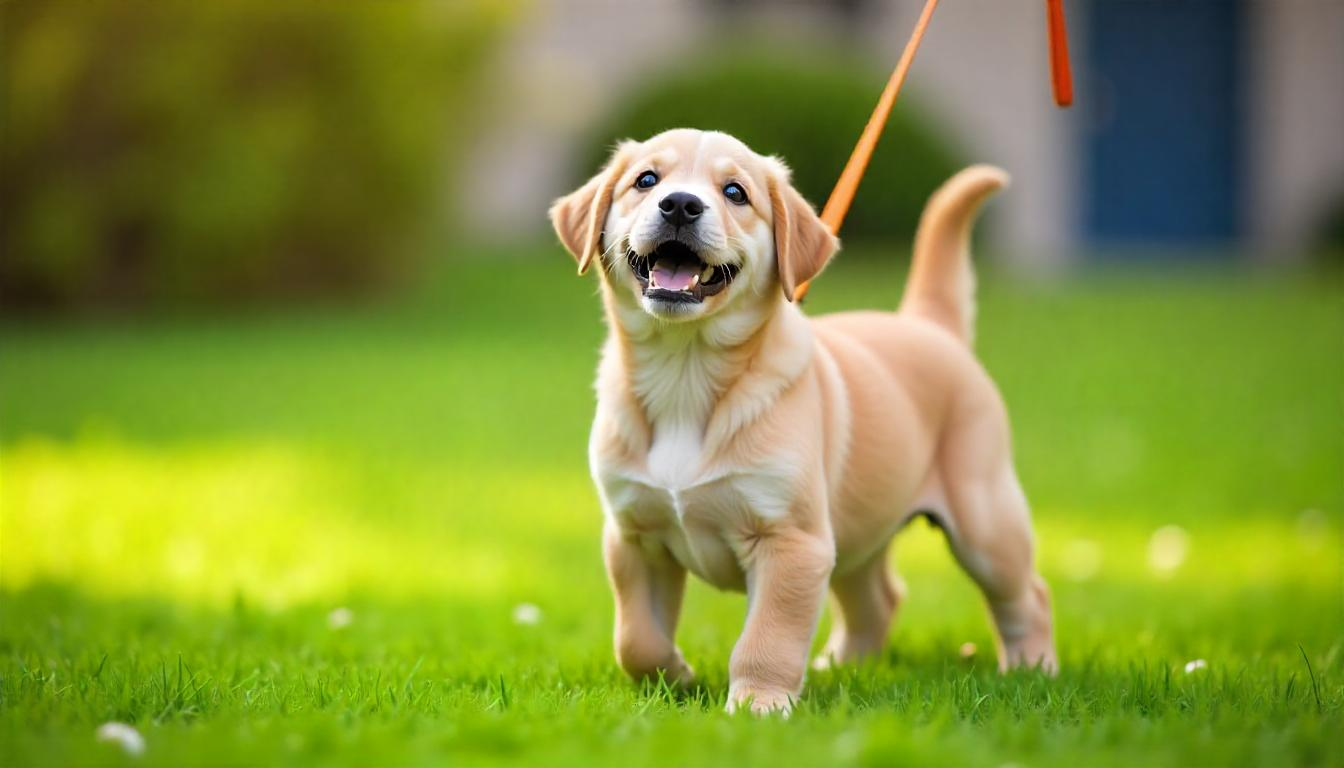
Potty schooling a dog is one of the most important aspects of elevating a well-behaved pet. It calls for staying power, consistency, and a structured approach to make certain fulfillment. Whether you're a first-time dog owner or a skilled puppy discern, this guide will offer you essential suggestions and techniques to make the process smoother for both you and your hairy buddy.
Why Is Potty Training Important?
Before diving into the specifics, it is vital to recognize why potty education is so crucial. Proper potty schooling not only allows you to preserve cleanliness in your private home but also strengthens the bond between you and your canine. A properly educated canine feels more stable and assured, which contributes to their average happiness and fitness. Additionally, a housebroken dog is less complicated to manipulate and less likely to increase behavioral troubles.
Key Must-Dos for Successful Potty Training
1. Establish a Routine
Consistency is key with regards to potty training. Create a daily schedule that consists of ordinary feeding instances, playtimes, and bathroom breaks. Dogs thrive on recurring, and understanding when they may be taken outdoors can help them study quicker.
Feeding time: Feed your dog at the same time each day. This will help regulate their digestion, and it will be easy to predict when they need to go.
Bathroom break: Take your dog out in the morning, after meals, after a nap, and first before going to bed. For puppies, target every 30 minutes to one hour during the active period.
2. Choose a Designated Spot
Select a specific area in your yard or near your home where you want your dog to finish. Constantly taking them to this place confirms the idea that this is their "bathroom.". Use oral signs such as "Go Potty" or "Do Your Business" to connect the action with the command.
3. Reward Good Behavior
Positive reinforcement is one of the most effective devices in dog training. Whenever your dog successfully ends at the specified place, reward them with immediate behavior, praise, or affection. This encourages them to repeat behavior.
Timing Matters: The reward must be given within a few seconds of action to make a clear connection.
Use high-value behavior: Consider using small, delicious behavior that loves to keep your dog motivated.
4. Supervise Your Dog
During the initial stages of potty training, it is important to keep a close watch on your dog. If they are allowed to move freely without supervision, accidents are more likely to occur. If necessary, use a strap indoors or limit them to a small area where you can monitor their behavior.
See for signals: Look for common signs that your dog needs to go, such as smelling, circling, or squatting. If you notice these behaviors, take them out quickly.
5. Clean Up Accidents Properly
Accidents occur, especially during the early stages of training. However, how you handle them can affect the success of your efforts. Never scold or punish your dog for an accident, as it can cause fear and confusion. Instead, clean the dirt thoroughly using an enzymatic cleaner to eliminate any dull smells that can attract them back to the same place.
6. Be Patient and Persistent
Every dog learns at its own pace, so it is important to be patient throughout the process. Some dogs may take longer to understand the concept, while others may lift it quickly. Stay true to your ways and avoid being disappointed.
Set realistic expectations: Puppies usually take 4-6 months to be fully trained, while older dogs may be fast adapted depending on their previous experiences.
7. Crate Train (If Applicable)
Teckra training can be a valuable tool in potty training, as dogs naturally prefer to give soil to their sleeping areas. A properly shaped crate provides a safe place for your dog and helps to regulate their bathroom habits.
Avoid over-crying: Make sure your dog has enough time outside the crate for exercise and socialization.
Make it comfortable: Add beds, toys, and familiar scents to invite the crate.
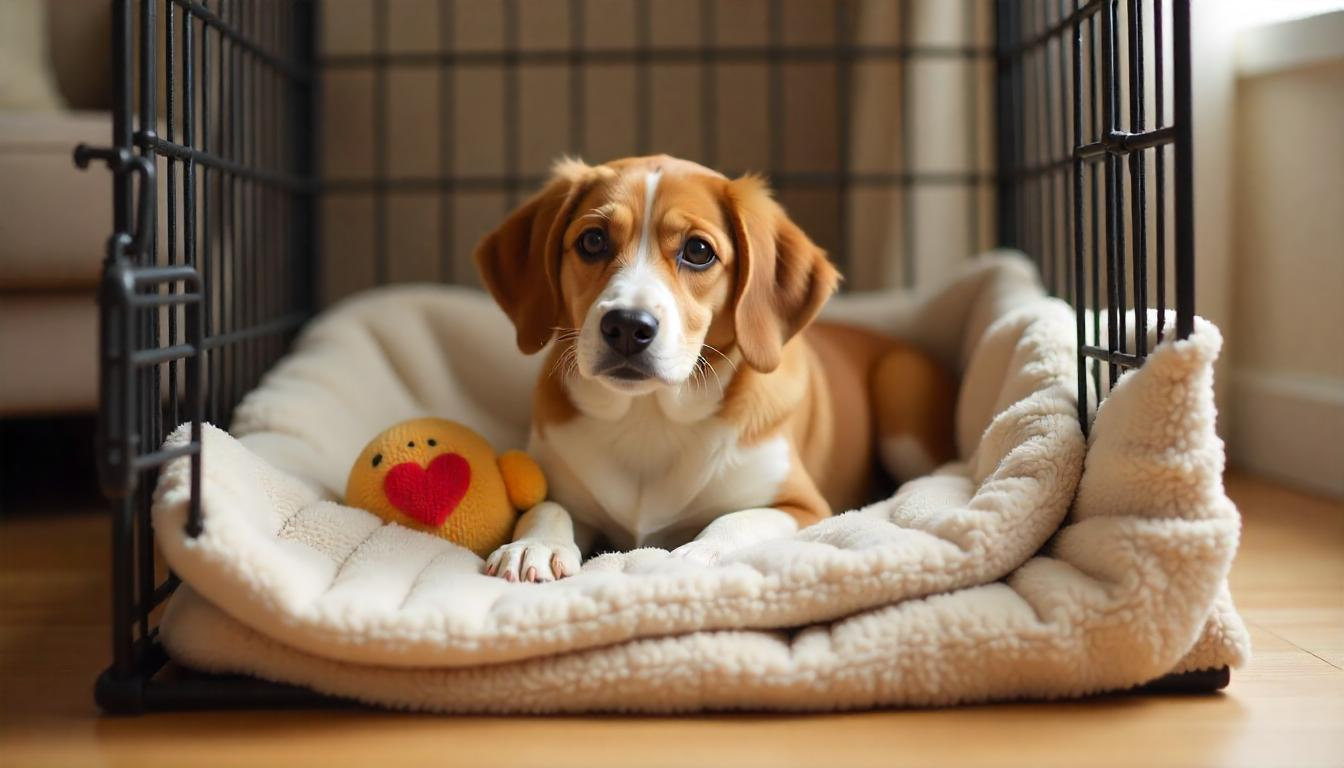
8. Address Any Challenges Promptly
If you face failures or challenges during the training process, address them immediately. Common issues include persistent accidents, marking behavior, or resistance to going out. Consult a veterinarian or professional trainer if necessary to meet medical conditions or behavioral problems.
9. Adjust for Age and Breed
Different breeds and age groups may require slightly different approaches for potty training. Small breeds, for example, often have small bladders and may require more frequent breaks. Old dogs may already have some training experience, while puppies will require more guidance.
Conclusion
Potty training does not have to be a challenging job if you follow in-do steps. By establishing a routine, rewarding good behavior, and the remaining patients, you can help your dog to become a trained house pet in no time. Remember, the key to success lies in stability and positive reinforcement. With dedication and love, you will soon enjoy a happy, well-behaved partner who knows where to really go!
Latest Posts
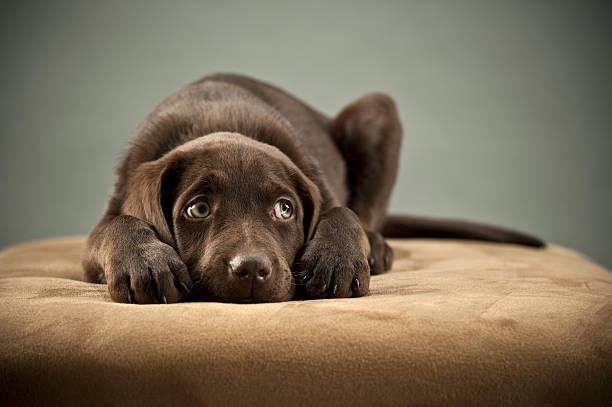
Comprehensive Guide to Anemia in Dogs: Symptoms, Causes, and Treatment
Discover the causes, symptoms, and treatment options for anemia in dogs. Learn how to recognize signs early and keep your furry friend healthy with t…
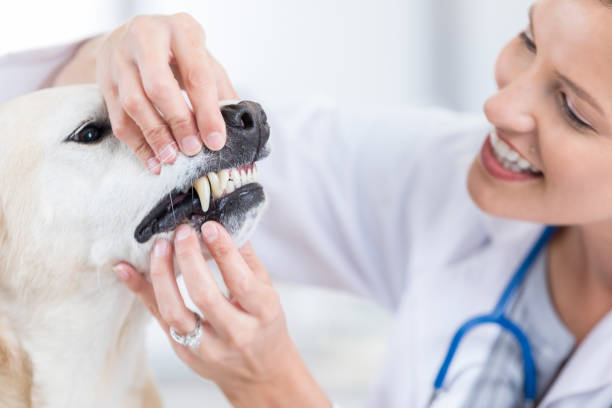
Guide to Caring for Your Dog After Tooth Extraction: Expert Tips & Advice
Learn how to attend to your dog after a tooth extraction with our expert guide. Discover essential suggestions for postoperative care, pain control, …
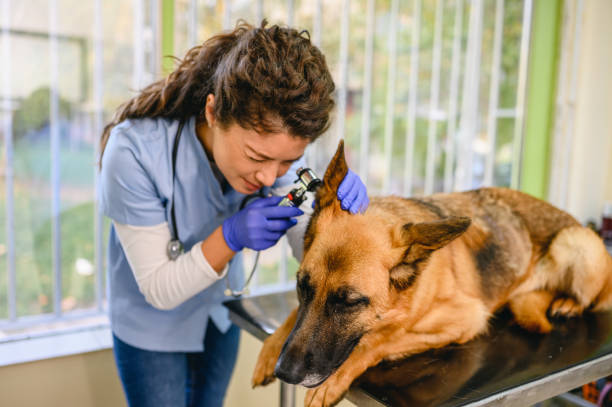
Comprehensive Guide to Treating Dog Ear Infections: Symptoms, Causes, and Prevention
Discover the way to effectively treat and save your canine ear infections with this complete guide. Learn about symptoms, reasons, prognosis, and tre…




